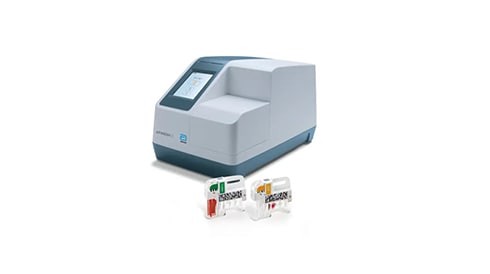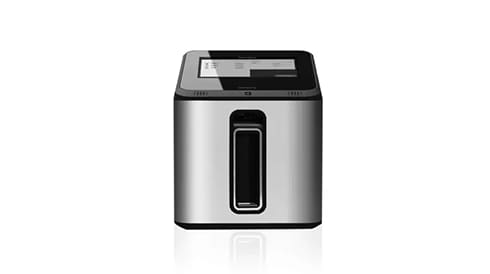Diabetes Testing Products
Diabetes Testing Essentials
Find glucose and A1c tests and controls and related products from trusted brands to test patient samples for evidence or assessment of diabetes and related conditions.
Step 1. Glucose Testing
Find meters and analyzers to accurately test blood glucose levels in the lab or at the bedside. Glucose assessments are often performed using a dedicated instrument or they may be measured on a clinical chemistry analyzer, individually or with a panel of other diagnostic tests.
Top Categories
Featured Products
Catalog Number 22601008
Catalog Number 22045734
Catalog Number 23278456
Step 2. A1c Testing
Assess Hemoglobin A1c levels in the lab or at the bedside with these analyzers and assays. Perform HbA1c assessments with a dedicated instrument or use a clinical chemistry analyzer to perform the assay individually or along with other diagnostic tests.
Top Categories
Featured Products
Catalog Number 23046653
Catalog Number 23312998
Catalog Number 23278456
Step 3. Testing Controls
Find assayed and unassayed controls for glucose and hemoglobin A1c testing. Be confident in the accuracy of your diagnostic test results while maintaining compliance with CLIA and other requirements for quality control and assurance.
Top Categories
Featured Products
Catalog Number 23050106
Catalog Number 21124393
Catalog Number 23045423
Step 4. Related Products
Find specimen collection products and glucose tolerance beverages. Choose glucose beverages with 50, 75 or 100 g concentrations in a variety of flavors. Specimen collection products include manual and automated lancets, evacuated blood collection tubes, and other related items.
Top Categories
Featured Products
Catalog Number B366578
Catalog Number 401272FB
Catalog Number 14827104












.jpg-650.jpg)












